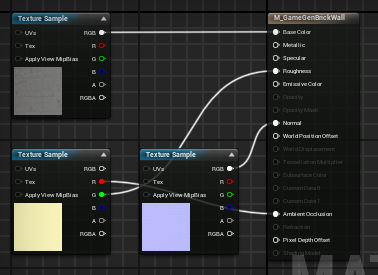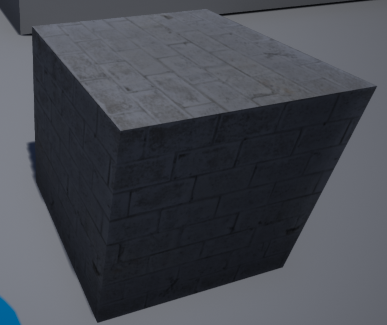Digging in
- seanmcgarry65
- Aug 25, 2023
- 2 min read
This week, I learned more about how Unreal Engine works.

Models in Unreal Engine can be divided into two basic categories; static meshes, and skeletal meshes. In general, the differences between the two is that static meshes, like the one above, don't have moving parts on the model: hence, static. Meanwhile, skeletal meshes are usually for things like characters, for which they act like a sort of 'skeleton', allowing the different parts of the character to move relative to one another.

There are several kinds of lighting options available in Unreal Engine. Two very basic ones include directional lighting, which is a sort of ambient light where all the light seems to be parallel and moving in the same direction, and point lights, which are like a lamp that you can put into the scene, both of which can be seen in the screenshot above.

The terrain sculpting tools in Unreal Engine are very powerful, while simultaneously being simple to use. Simply brushing over an area with the mouse will raise up hills and mountains from the 3D mesh that makes up the ground. Holding shift will cause the reverse, depressing the terrain into ditches and valleys while the mouse is held down.

Terrain can be layered in Unreal Engine. This can allow you to non-destructively modify the terrain at a moment's notice. In this instance, non-destructive means that by simply turning a layer off, all changes made to the terrain by that layer will be reverted. What's more, you can use terrain layers to blend different types of terrain together. For example, by combining mountainous terrain with flattened ground, you can make a plateau.
It is possible to make your own materials in Unreal Engine. A material can be thought of as a sort of skin for a 3D model. By applying different materials to a mesh, you can drastically change it's appearance. In the images above, you can see how a material is made; to the left are the various textures that make up the different parts of the material, while to the right you can see what the finished material actually looks like, in this case a stone brick wall.
Materials can also be added to terrain. The process is much the same, however, in addition to applying the same material to the entire landscape, you also have the option to brush multiple types of material onto different areas, which allows you to create the illusion of different terrain types blending together, such as grass into stone or dirt.
That's all for this week!












Comments